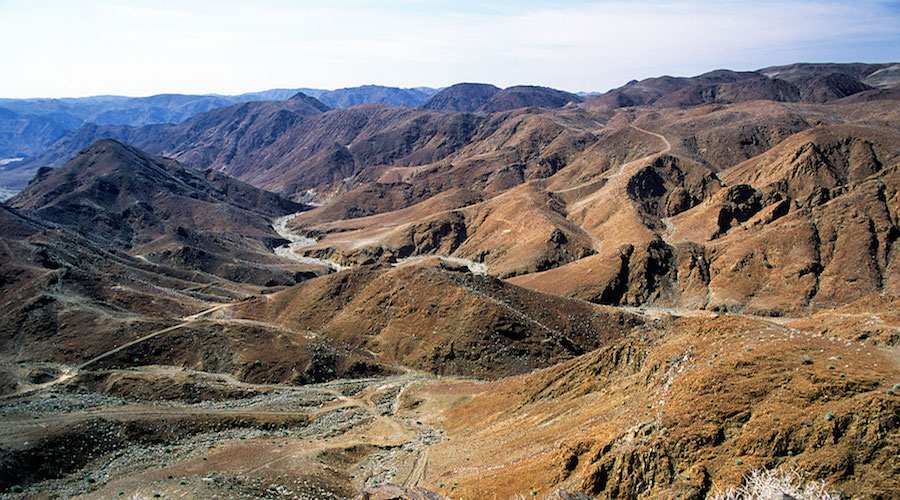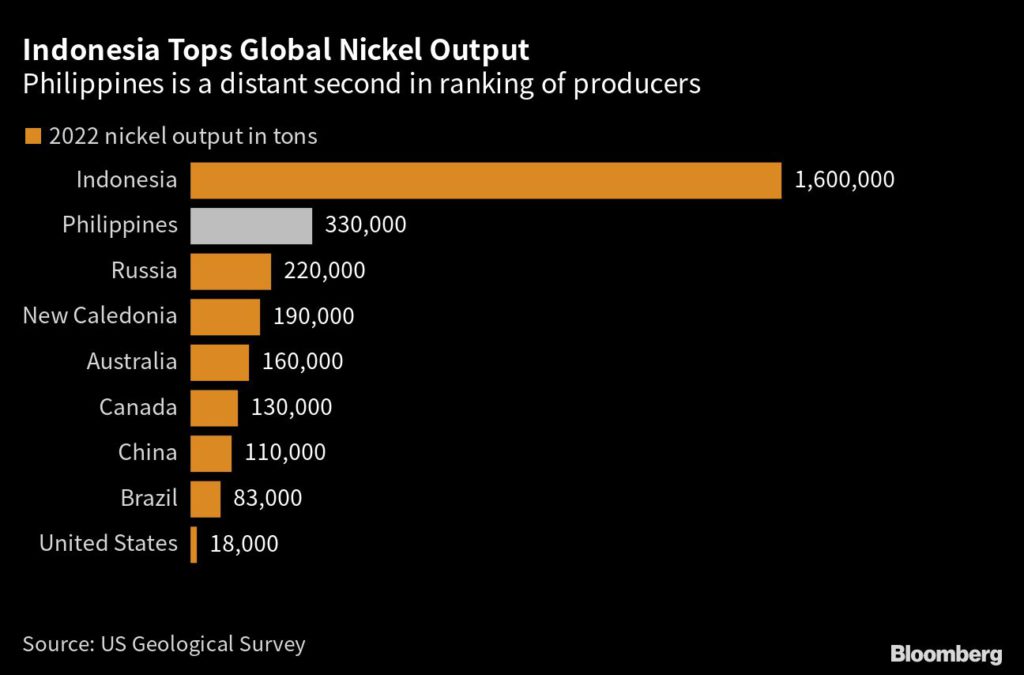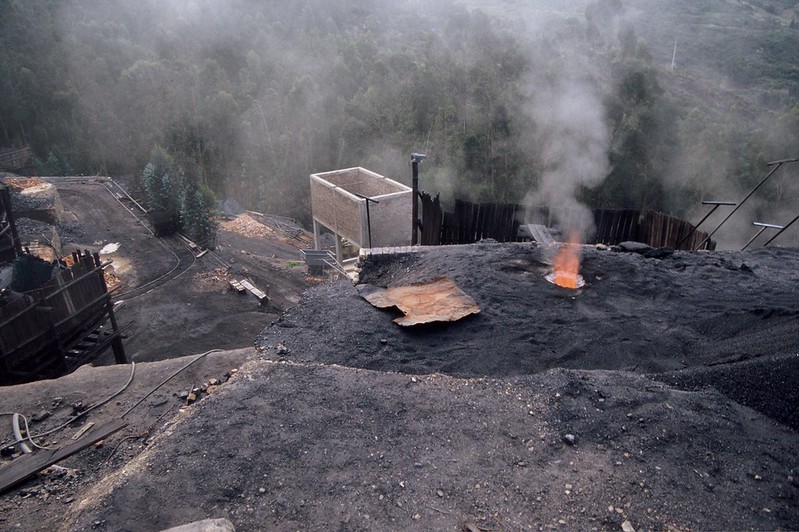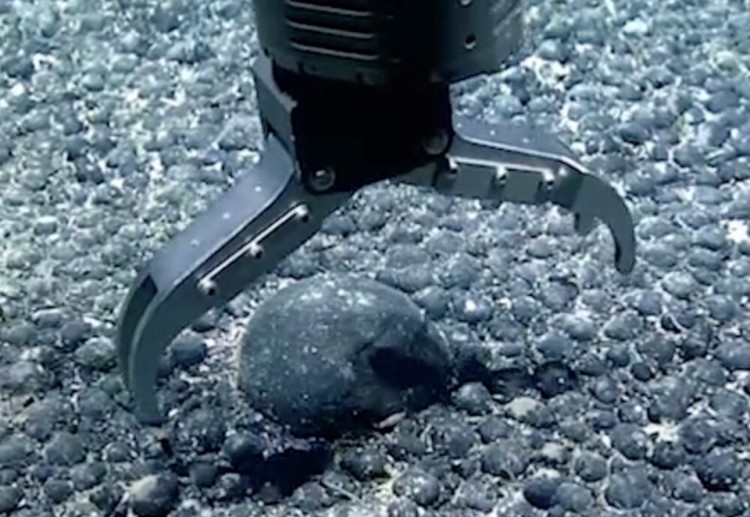Staff Writer | March 15, 2023 |
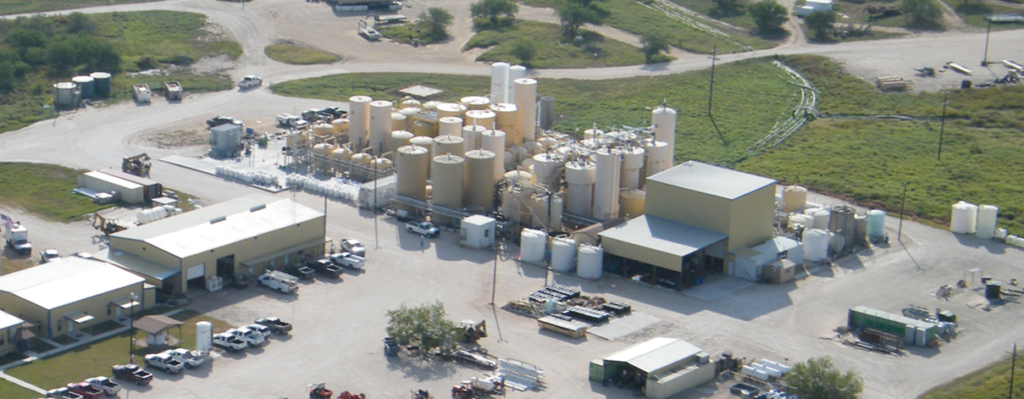
enCore Energy (NYSE American: EU) (TSXV: EU) has made a formal production decision for the resumption of uranium production from the Alta Mesa central processing plant in early 2024. This will be enCore’s second uranium-producing location after the Rosita processing plant, which is scheduled to restart in 2023.

Alta Mesa is a fully licensed and constructed ISR (in-situ recovery) uranium project and central processing facility currently on standby, located on over 821.5 square kilometres of private land in Texas. Its total operating capacity is estimated at 1.5 million lb. of U3O8 (uranium) per year. The facility historically produced nearly 5 million lb. of U3O8 between 2005 and 2013, after which full production was curtailed as a result of low uranium prices at the time.
Alta Mesa is the latest addition to enCore’s South Texas portfolio following its recent acquisition from Energy Fuels. The project provides a significant boost to the company’s South Texas resource base, adding 3.4 million lb. of uranium in the measured and indicated category and 16.7 million lb. in inferred.
Along with its existing Rosita and Kingsville Dome facilities, enCore now holds three fully licensed uranium production facilities in the state of Texas. At the moment, there are only 11 licensed and constructed uranium production facilities in all of the United States.
Work currently underway at the Alta Mesa plant includes the construction of equipment staging areas and drill pads in the fully permitted production authorization area (PAA), planned for initial production due to its proximal location adjacent to the plant. Development drilling, production and injection well installation will start this month.
Meanwhile, enCore’s technical staff are identifying equipment maintenance and limited repair needs at the Alta Mesa processing plant involving the ion exchange system, uranium precipitation, drying and packaging circuits in order to restart production after having been on standby since 2013.
According to enCore, the Alta Mesa processing plant can reach commercial production levels with limited required capital, from funds on hand, within an estimated 10 months of the announced production decision.
“The enCore team began initial assessment work in November 2022, preparing for the start of work immediately following the closing of the acquisition of the Alta Mesa processing plant and project,” CEO Paul Goranson said in a news release. “Our 2023 startup of production at Rosita and now, the decision to proceed at Alta Mesa, will bring a reliable domestic low carbon energy source to South Texas and the United States when it is most needed.”


